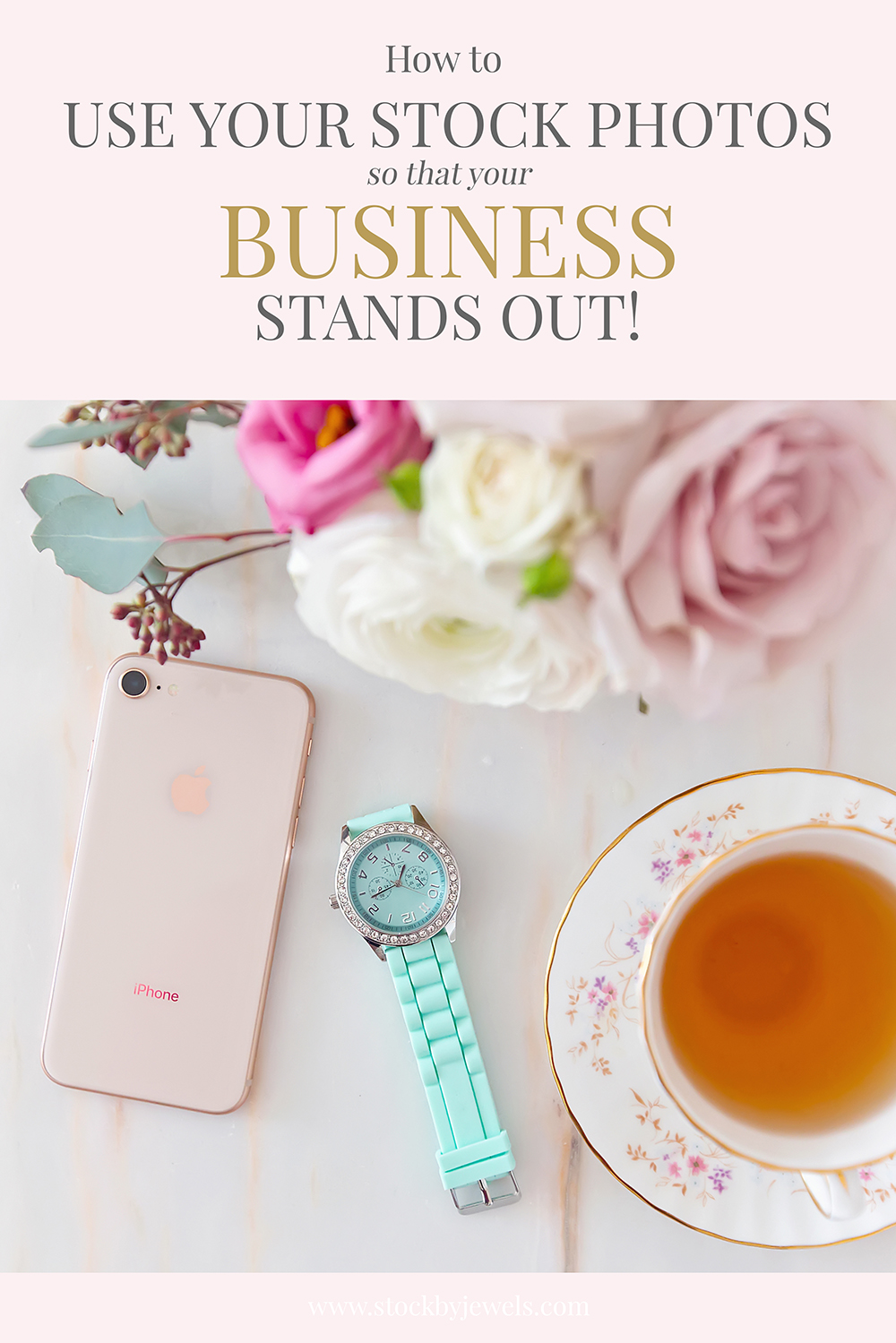Looking to spice up your marketing materials, website, or advertising campaigns? Shutterstock offers a vast library of high-quality images that can bring your ideas to life. But before diving in, it’s important to understand how to legally and effectively use these photos for commercial purposes. Whether you’re a small business owner, a designer, or a marketer, knowing the ins and outs of Shutterstock‘s licensing and usage rules can save you from legal headaches and ensure your projects look professional and polished. Let’s explore how you can make the most of
Understanding Shutterstock Licensing Options and Restrictions

Shutterstock offers different licensing options to suit various needs, but it’s crucial to understand what each allows and what restrictions come with them. Essentially, there are two main types of licenses: Standard and Enhanced. Each serves different purposes and has specific rules to follow.
Standard License
The Standard License is suitable for most common uses like websites, social media, blogs, presentations, and printed marketing materials. With this license, you can:
- Use images in digital and print formats up to 500,000 copies or views.
- Incorporate images into advertisements, brochures, posters, and packaging.
- Create digital products like eBooks or online courses, as long as the images are not the main focus.
However, there are some restrictions:
- You cannot use images in items for resale where the image is the primary value, such as posters or T-shirts sold in bulk.
- Images cannot be used in a way that implies endorsement of a product or person unless you have model or property releases.
- It’s not permitted to create merchandise or templates for resale that prominently feature the Shutterstock image.
Enhanced License
The Enhanced License is designed for bigger projects, such as product packaging, merchandise, or high-volume campaigns. It extends your rights significantly and removes many restrictions. With this license, you can:
- Use images in products for resale, including T-shirts, mugs, posters, and other merchandise.
- Incorporate images into digital or physical items for unlimited copies and views.
- Use images in promotional items and large-scale campaigns.
This license is more expensive but offers peace of mind for commercial use that goes beyond typical marketing materials. Keep in mind, however, that both licenses generally require proper attribution unless specified otherwise, and you must adhere to Shutterstock’s policies to avoid legal issues.
Important Restrictions to Remember
- No use in obscene, pornographic, or defamatory contexts.
- No use in logos, trademarks, or branding without additional permissions.
- Do not redistribute or sell the images as standalone files.
Understanding these licensing options and restrictions helps ensure your commercial projects stay compliant and professional. When in doubt, always check the specific license details for each image before using it in your project. That way, you can confidently create impactful content without risking legal complications.
Steps to Legally Use Shutterstock Images for Commercial Use
If you’re eager to incorporate Shutterstock images into your business projects, it’s essential to do so legally. Using images without proper licensing can lead to legal troubles, so let’s walk through the straightforward steps to ensure you’re on the right side of the law.
Step 1: Create a Shutterstock Account
First things first, you’ll need an account on Shutterstock. Signing up is simple and gives you access to browse, search, and purchase images. Make sure to choose a plan that fits your needs—whether that’s a subscription or on-demand downloads.
Step 2: Understand the License Types
Shutterstock offers two main license types:
- Standard License: Suitable for most commercial uses like websites, social media, and marketing materials. However, there are limits on the number of copies or impressions.
- Enhanced License: Necessary if you plan to produce items for resale, or if your project exceeds the standard license limits. This license provides broader rights and higher usage caps.
Be sure to read the license details carefully before purchasing to ensure it covers your intended use.
Step 3: Search and Select the Right Image
Use Shutterstock’s search filters to narrow down images by orientation, color, people, and more. When you find an image that fits your project, double-check the licensing details associated with it.
Step 4: Purchase and Download
Once you’ve selected the right image and license, proceed to purchase. After payment, you can download high-resolution files ready for use. Keep your receipt and licensing information handy—it’s your proof of legal usage.
Step 5: Use the Image According to License Terms
Finally, use the image in your project, making sure not to exceed the license limits. If your project evolves or scales up, consider upgrading your license to avoid violations.
Bonus Tip: Keep documentation of your licenses and downloads. Having records can be incredibly helpful if any questions or disputes arise later.
Tips for Choosing the Right Shutterstock Photos for Your Business
Picking the perfect Shutterstock images isn’t just about aesthetics; it’s about aligning visuals with your brand and message. Here are some friendly tips to help you select images that truly resonate with your audience and serve your purpose well.
1. Know Your Brand and Audience
Before searching for images, define what your brand stands for and who your target audience is. Are you going for a professional, casual, playful, or modern vibe? This clarity will steer your image choices in the right direction.
2. Use Relevant Keywords
Be specific when searching. Instead of generic terms like “business,” try more precise keywords like “team brainstorming,” “customer service,” or “digital marketing.” This helps you find images that directly relate to your content.
3. Focus on Authenticity
People appreciate genuine and relatable images. Look for photos that depict real emotions, diverse groups, and natural settings. Authenticity can boost trust and connection with your audience.
4. Pay Attention to Image Quality
High-resolution images look professional and crisp across all platforms. Avoid pixelated or blurry photos, especially if you’ll print your materials or display them on large screens.
5. Consider Composition and Colors
Choose images with clear focal points and complementary color schemes that match your branding palette. Consistency in style and color helps create a cohesive look across your marketing channels.
6. Check Licensing and Usage Rights
Always verify that the image you select is licensed for your intended purpose. Avoid images that are marked as editorial-only or have restrictions that don’t align with your use case.
7. Think About Longevity
Opt for timeless images that won’t look outdated quickly. Avoid overly trendy visuals unless they fit your current campaign and you plan to update regularly.
8. Use Collections and Mood Boards
Create collections of images that match your vision. This visual reference helps streamline your decision-making process and ensures consistency across your projects.
Remember, the right images can tell your story, evoke emotions, and make your brand memorable. Take your time, be intentional, and you’ll find Shutterstock photos that truly elevate your business.
Best Practices for Giving Proper Attribution and Avoiding Copyright Issues
When it comes to using Shutterstock photos for your commercial projects, one thing that often trips people up is understanding how to properly give attribution and steer clear of copyright pitfalls. The good news? Shutterstock makes it pretty straightforward, but a few best practices can save you a lot of headaches down the line.
First off, always check the licensing agreement. Shutterstock offers different types of licenses — Standard and Enhanced. For most commercial uses, a Standard license suffices, but if you’re planning to use images in a way that might require higher rights (like merchandise or large-scale advertising), consider opting for an Enhanced license. Reading the license terms helps you understand what’s allowed and what’s not.
When it comes to attribution, Shutterstock generally doesn’t require you to give credit for stock images in most commercial uses, which is a huge plus. However, if you’re using images from contributors who specify attribution in their licensing requirements, or if you’re using images from other sources, make sure to follow those instructions carefully.
Here are some best practices to keep in mind:
- Always keep proof of licensing: Save your purchase receipts or license certificates — they can be handy if you ever face copyright disputes.
- Avoid modifying images excessively: When you edit Shutterstock photos, avoid altering them in ways that could misrepresent or damage the original creator’s intent.
- Do not use images in defamatory or illegal contexts: Ensure your use of the images aligns with legal standards and ethical practices.
- Be cautious with model and property releases: Some images include recognizable people or private property. If your project involves these, double-check that the necessary releases are included or obtained.
In summary, while Shutterstock’s licensing is designed to be straightforward, staying vigilant by keeping documentation, respecting the scope of your license, and adhering to attribution guidelines will help you avoid copyright issues and ensure your project remains compliant.
Additional Resources and Support for Shutterstock Image Usage
If you’re new to Shutterstock or just want to make sure you’re using their images correctly, there are plenty of resources and support options available to help you out. Leveraging these can make your experience smoother and more compliant with licensing rules.
Shutterstock Help Center is your go-to place for FAQs, tutorials, and detailed licensing information. It covers topics like licensing types, attribution requirements, and troubleshooting common issues. You can access it directly on their website, and it’s regularly updated with new info.
Customer Support is also just a click or call away. Whether you have questions about your license, need clarification on usage rights, or face technical issues, Shutterstock’s support team can assist you. They offer live chat, email, and phone support, making it easy to get help quickly.
Additionally, educational resources like webinars, blog articles, and tutorials are available to help you understand best practices for using stock photos effectively and legally. These can be especially helpful if you’re managing large projects or multiple images.
For those who want to stay informed about updates or new features, subscribing to Shutterstock’s newsletter or following their social media channels can be beneficial. They often share tips, new tool announcements, and licensing updates that can help you stay ahead.
Finally, consider joining online communities or forums related to digital media, design, or photography. These communities often share practical advice, real-world experiences, and solutions to common challenges in image licensing and usage.
To wrap it up, making use of Shutterstock’s comprehensive support and resources ensures you’re well-equipped to use images responsibly, legally, and effectively. It’s always better to be proactive and informed — that way, you can focus on creating amazing projects without worrying about copyright pitfalls.

